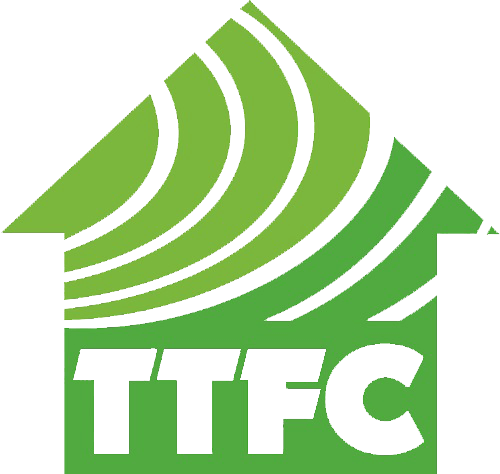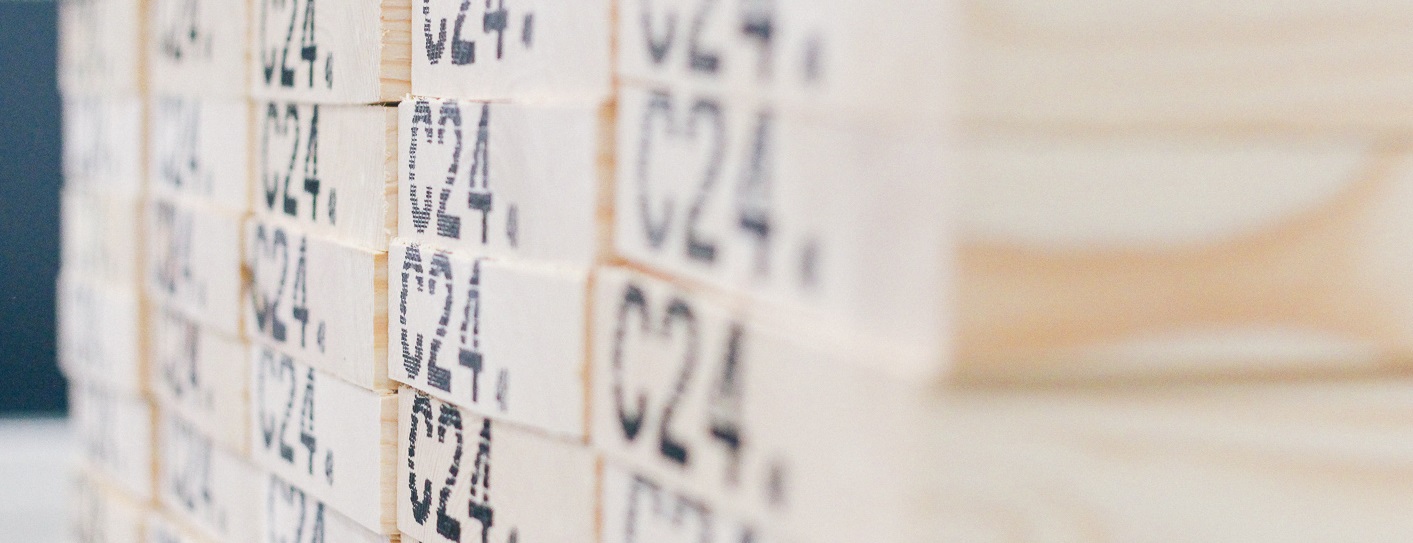With the steady growth of market share to 30% over the past 25 years, timber frame construction is becoming more popular than ever. This popularity is strong evidence of the many benefits and advantages that timber frame offers. These include the early realisation of project goals through increased speed of construction, true sustainability in materials and energy efficiency, and a high quality finished product.
SUSTAINABILITY
- Timber frame uses renewable materials, timber itself being one of the only sustainable, commercially available building materials.
- Timber frame manufacturers source timber from sustainable forests committed to replenishing harvested trees. All of TTFC’s timber suppliers are PEFC certified.
- Timber frame is uniquely suited for offsite construction, which in turn allows for the reduction of waste and material consumption.
- Timber frame reduces CO2 emissions during the construction and life cycle of buildings. For example, the harvesting, production and transport of Timber produces 5 times less CO2 than traditional structures and an estimated 0.9 tonnes of CO2 is stored in every cubic metre of wood.
- Timber frame manufacturers employ a robust chain of custody which guarantees that all products are sourced in an environmentally responsible way
QUALITY
- Timber frame is manufactured offsite in a dry, quality-controlled environment. This ensures that everything from structural integrity to airtightness assurance is checked and signed off before arrival on site.
- Timber frame has its own NSAI standard, IS440:2009. It sets requirements for materials, design, manufacture, construction details, site work and quality control for timber frame construction.
- Timber Frame manufacturers’ are audited annually by the NSAI to make sure a high quality, precision engineered product is received. It means fewer snags and defects with added quality assurance.
PRECISION DESIGN & ENGINEERING
- Timber frame’s precision design and engineering process reduces material consumption, reduces waste production, improves efficiency and ultimately saves time and money.
- Timber frame’s design process allows for simple design modifications to take place and for any structural clashes to be designed out before arriving onsite. This can avoid any costly onsite changes and reduce lost time on the building programme.
- Timber frame is a precision-engineered structure which can reduce the amount of concrete in the foundation. This saves the stakeholder time and money while also reducing the carbon footprint of the construction process.
SPEED
- Timber Frame can reduce onsite time by up to 35%, ensuring a time-efficient build for clients.
- Timber Frame is less constrained by weather. This allows for certainty regarding the build programme and allows for the earlier introduction of trades.
- Timber frame can arrive onsite once the base and scaffolding are completed. Following a programme agreed upon weeks in advance ensures there will be minimal downtime.
SAFETY
- Timber frame uses a crane to place structural panels in position. This reduces onsite labour, manual handling, working at heights, and multiple scaffolding adjustments, thus making timber frame a safer way to build.
- Timber frame uses floor cassettes designed to increase onside speed and efficiency. These also reduce the number of working platforms required to install loose floor joists and floor sheeting, again leading to a safer working environment.
PERFORMANCE & ENERGY EFFICIENCY
- Timber frame offers an offsite construction solution that is mass-produced in a quality controlled environment and can quickly meet set targets of U-Values and Air-tightness as set out in Part L of the building regulations or a targeted A1 BER rating.
- Timber frame’s easy achievement of these low u-values and airtightness levels coupled with the fast-heating nature of the product due to its low thermal mass guarantees low cost, energy-efficient buildings.
- Timber frame walls, floors and roofs are fire tested to EN1365 as per Part B of the building regulations. TTFC were part of the timber frame industry collective that took part in multiple fire tests since 2017, which now helps form the Supplementary Guidance to TGD B (fire safety) Volume 2 – Dwelling Houses 2017









